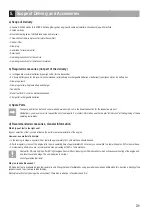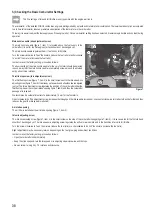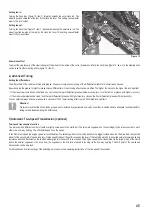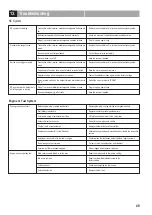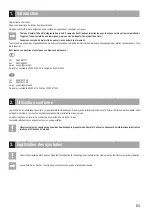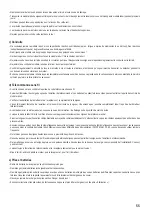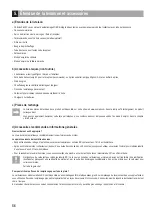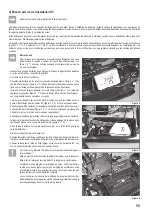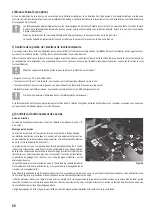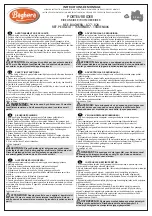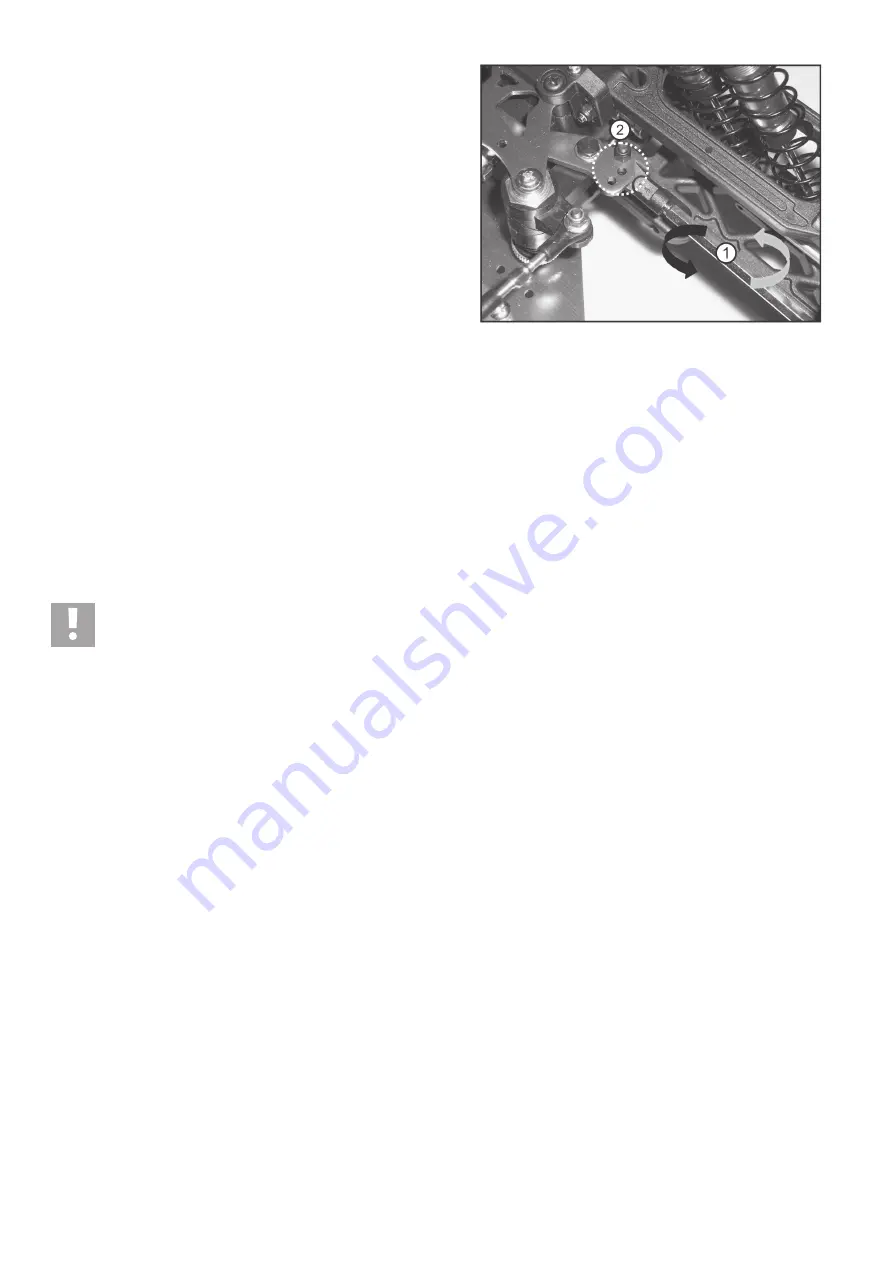
45
Setting toe-in:
Turning the track rods (figure 12, item 1) forwards extends the outer track rod. The
wheel is pushed outwards at the rear by the track rod lever. This setting causes faster
wear to the tyre insides.
Setting toe-out:
Turning the track rods (figure 12, item 1) backwards reduces the outer track rod. The
wheel is pulled inwards at the rear by the track rod lever. This setting causes faster
wear to the tyre outsides.
Ackermann effect
To adjust the progressivity of the steering angle of the wheel on the inside of the curve (Ackermann effect), the track rods (figure 12, item 1) in the steering links
can be reset to other steering points (figure 12, item 2).
e) Advanced Tuning
Setting the differentials
The differentials of the vehicle are filled with grease. Grease viscosity causes locking of the differential suitable for most terrains and uses.
By exchanging the grease for highly viscose silicone differential oil, the blocking effect can be modified. The higher the viscosity, the higher the locking effect.
• If the model swerves in bends under load, you can loosen the rear differential (grease with lower viscosity) or lock the front one (grease with higher viscosity).
• If the model understeers under load, lock the rear differential (grease with high viscosity) or loosen the front differential (grease with low viscosity).
You can select between silicone grease with a viscosity of 1000 (small locking effect) up to 50000 (high locking effect).
Attention!
We recommend that the transmission grease is only replaced by experienced users who know their models and have adequate technical skills for
taking out and disassembling the differentials.
f) Automatic Two-Speed Transmission (optional)
Two-speed transmission function
Two pinions with a different number of teeth are tightly screwed onto the clutch bell. The two main cogwheels on the centrifugal clutch are connected to each
other via a one-way bearing. The shift point depends on the speed.
In the first rate of speed the engine speed is transmitted from the small cogwheel on the clutch bell onto the bigger toothed wheel on the drive train, the toothed
wheel for the second rate of speed runs idle. At high speeds the centrifugal force causes the lever of the centrifugal clutch to be pulled outward towards a spring
resistance and the attachment on the toothed wheel grips into the second rate of speed. The engine speed is now transmitted via the larger pinion of the clutch
bell to the smaller cogwheel in the drive train, the cogwheel in the first rate of speed is running via the one-way bearing. The shift point of the two-speed
transmission can be adjusted.
For installation and correct setting of the switching point, observe the operating instructions of the two-speed transmission.
Figure 12
Summary of Contents for 27 51 16
Page 102: ...102 ...
Page 103: ...103 ...

